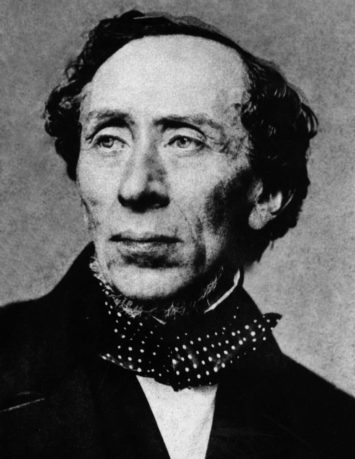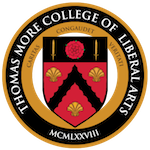Hans Christian Andersen

Hans Christian Andersen was born in Odense, Denmark, on April 2, 1805. Andersen achieved worldwide fame for writing innovative and influential fairy tales. Many of his stories, including “The Ugly Duckling” and “The Princess and the Pea,” remain classics of the genre. He died in Copenhagen on August 4, 1875.
Early Life
Hans Christian Andersen was born on April 2, 1805, in Odense, Denmark. Hans Andersen Sr. died in 1816, leaving his son and a wife, Anne Marie. While the Andersen family was not wealthy, young Hans Christian was educated in boarding schools for the privileged. The circumstances of Andersen’s education have fueled speculation that he was an illegitimate member of the Danish royal family. These rumors have never been substantiated.
In 1819, Andersen traveled to Copenhagen to work as an actor. He returned to school after a short time, supported by a patron named Jonas Collin. He began writing during this period, at Collin’s urging, but was discouraged from continuing by his teachers.
Writing Career
Andersen’s work first gained recognition in 1829, with the publication of a short story entitled “A Journey on Foot from Holmen’s Canal to the East Point of Amager.” He followed this with the publication of a play, a book of poetry and a travelogue. The promising young author won a grant from the king, allowing him to travel across Europe and further develop his body of work. A novel based on his time in Italy, The Improvisatore, was published in 1835. The same year, Andersen began producing fairy tales.
Despite his success as a writer up to this point, Andersen did not initially attract attention for his writing for children. His next novels, O.T. and Only a Fiddler, remained critical favorites. Over the following decades, he continued to write for both children and adults, penning several autobiographies, travel narratives and poetry extolling the virtues of the Scandinavian people. Meanwhile, critics and consumers overlooked volumes including the now-classic stories “The Little Mermaid” and “The Emperor’s New Clothes.” In 1845, English translations of Andersen’s folktales and stories began to gain the attention of foreign audiences. Andersen forged a friendship with acclaimed British novelist Charles Dickens, whom he visited in England in 1847 and again a decade later. His stories became English-language classics and had a strong influence on subsequent British children’s authors, including A.A. Milne and Beatrix Potter. Over time, Scandinavian audiences discovered Andersen’s stories, as did audiences in the United States, Asia and across the globe. In 2006, an amusement park based on his work opened in Shanghai. His stories have been adapted for stage and screen, including a popular animated version of “The Little Mermaid.”
Death
Andersen sustained a serious injury in 1872 after falling from bed in his Copenhagen home. His final publication, a collection of stories, appeared the same year.
Around this time, he started to show signs of the liver cancer that would take his life. The Danish government began commemorating Andersen’s life and work before his death. Plans got under way to erect a statue of the author, whom the government paid a “national treasure” stipend. Andersen died on August 4, 1875, in Copenhagen.
Citation:
Hans Christian Andersen. (2014, April 02). Retrieved January 9, 2019, from https://www.biography.com/people/hans-christian-andersen-9184146

